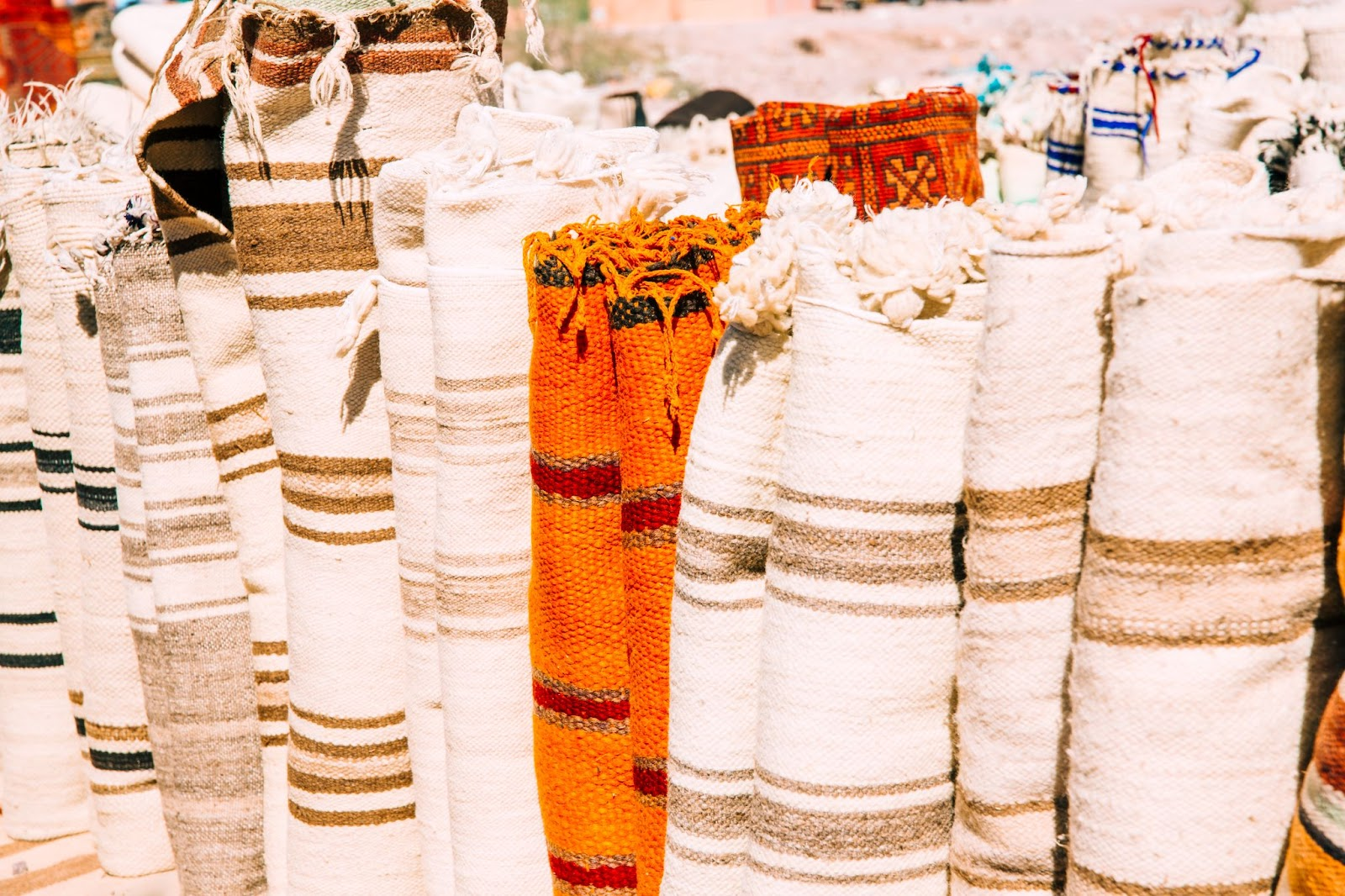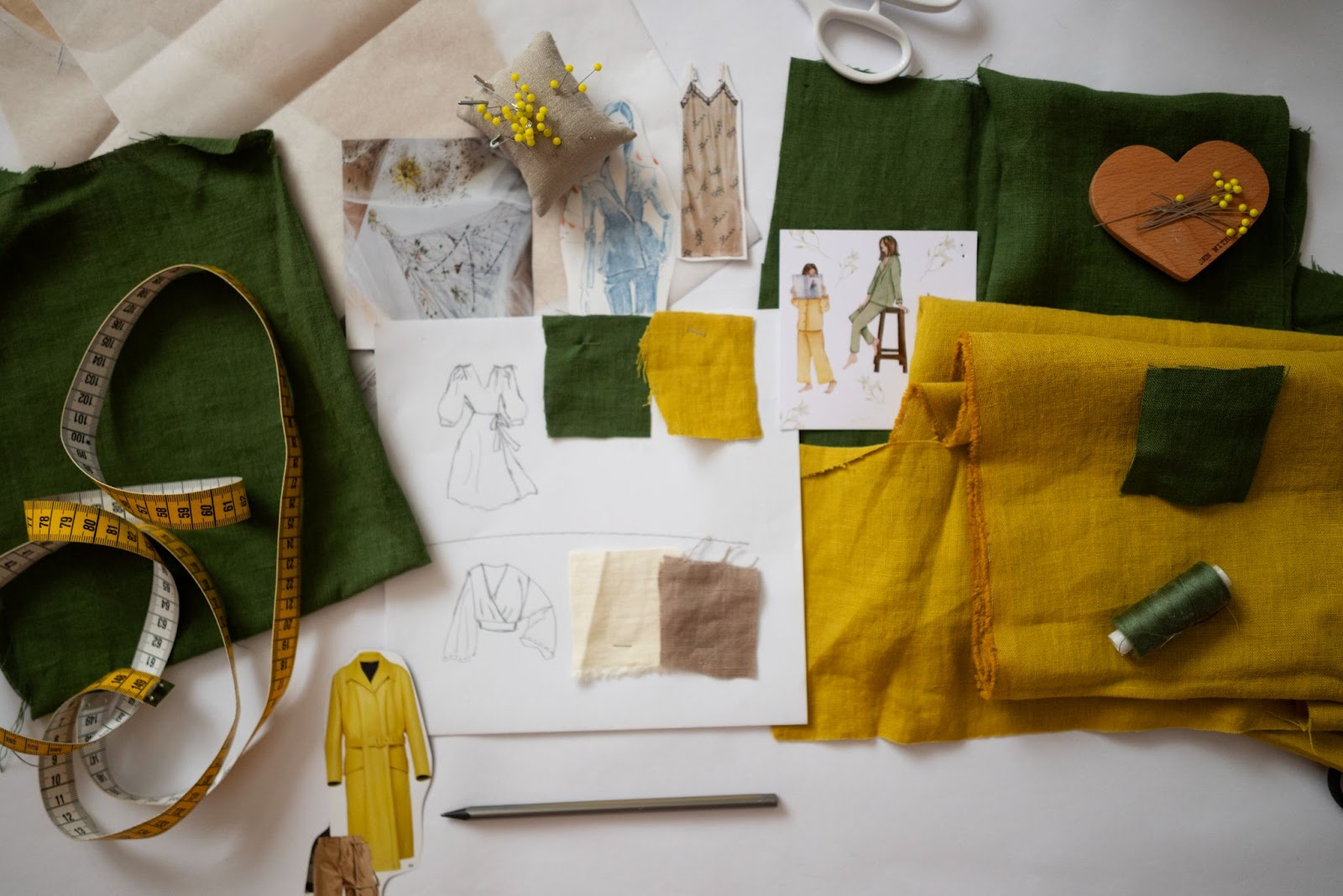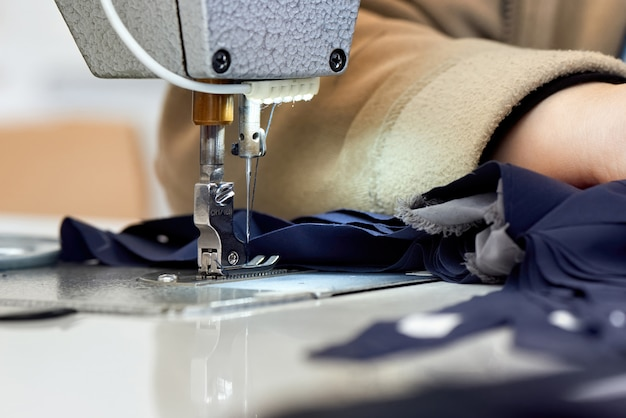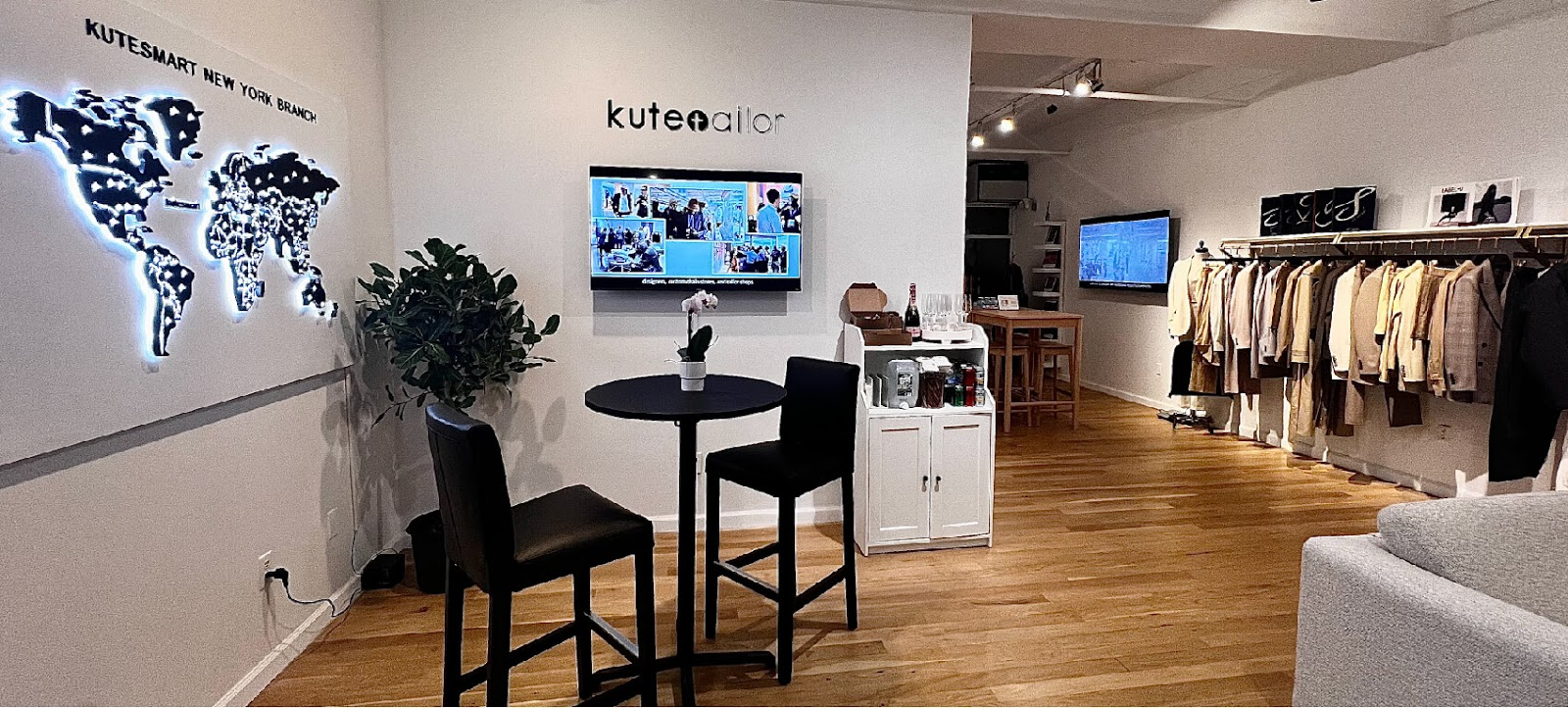
As sustainability reshapes the fashion industry, more brands are rethinking their material choices, especially in the custom apparel space. From startups to established labels, eco-conscious clothing is no longer a niche trend but a business imperative. Whether you're designing made-to-order pieces or launching a full clothing line, understanding what materials are environmentally friendly is the first step toward building a responsible, future-proof brand. This guide explores the most popular eco-friendly fabrics for clothing, how to assess their true sustainability, and how they fit into a modern apparel business.
In today’s fashion landscape, sustainable fashion materials are no longer optional—they are essential. Consumers are increasingly aware of the environmental impact of clothing production and are demanding transparency and responsibility from brands. For custom apparel makers, incorporating eco-friendly clothing materials is not just about ethics; it’s a strategic move to align with market expectations, elevate brand value, and differentiate in a crowded space.
Conventional fabrics such as traditional cotton and polyester come with high environmental costs. From excessive water use in cotton farming to the carbon footprint of synthetic fiber production, the clothing industry has long been a top contributor to pollution and waste. In contrast, switching to eco-friendly fabrics for clothing reduces greenhouse gas emissions, preserves water resources, and promotes biodiversity.

Not all "green" claims are created equal. To truly qualify as eco-friendly textile materials, fabrics must meet several criteria:
· Sustainable Sourcing: Raw materials should be grown or harvested using organic farming practices, renewable resources, or recycling methods.
· Low-Impact Processing: Production should minimize energy consumption, water use, and chemical inputs. Eco-friendly fabric clothing is often dyed using non-toxic, water-efficient methods.
· Durability and Biodegradability: The longer a garment lasts, the less often it needs to be replaced. Biodegradable materials reduce landfill waste at the end of a garment's life.
· Certifications: Look for labels such as GOTS (Global Organic Textile Standard), OEKO-TEX®, Bluesign®, and GRS (Global Recycled Standard) to confirm a fabric’s sustainability credentials.

Understanding labels and supplier claims is critical when sourcing sustainable materials for clothing. Here’s how to distinguish genuinely eco-friendly fabrics from marketing hype:
o GOTS: Verifies organic content and responsible manufacturing.
o OEKO-TEX®: Ensures the fabric is free from harmful chemicals.
o Bluesign®: Confirms safe and resource-efficient processes.
o GRS: Validates the use of recycled materials.
o Where is the material sourced?
o Are fair labor and environmental practices upheld?
o Is the fiber grown locally to reduce transport emissions?
o Fabrics that use closed-loop processing, enzyme-based finishing, or waterless dyeing are preferable.
o Be cautious with bamboo and viscose, which may sound sustainable but often involve toxic chemical processing.
o Request technical data sheets, test reports, and certification documents.
o Be skeptical of vague claims like "eco" or "natural" without verification.
o Is the fabric biodegradable, compostable, or recyclable?
o Does it break down safely or release microplastics?
| Fabric Type | Raw Source | Certifications | Ideal Use Cases | Key Benefits |
| Organic Cotton | Organic cotton | GOTS | T-shirts, babywear | Breathable, soft, pesticide-free |
| Recycled Polyester | PET bottles | GRS | Activewear, jackets | Strong, moisture-wicking |
| Hemp | Hemp plant | Organic/Natural | Casual, eco-luxury wear | Durable, low water use, pest-free |
| TENCEL(Lyocell) | Wood pulp | FSC, OEKO-TEX | Dresses, basics, yoga | Biodegradable, soft, closed-loop |
| Bamboo Lyocell | Bamboo | OEKO-TEX, FSC | Undergarments, loungewear | Ultra-soft, breathable |
A popular eco-friendly clothing material, organic cotton is known for comfort and purity. Ideal for essentials and babywear.
Derived from plastic bottles, this fabric supports recycling and is perfect for moisture-wicking apparel.
Naturally pest-resistant and water-efficient, hemp offers rugged durability and breathability for modern clothing.
Made using a closed-loop process, TENCEL is soft, sustainable, and perfect for both casual and performance garments.
Mechanically processed bamboo yields ultra-soft, breathable fabric ideal for intimate wear and loungewear.

Despite growing awareness of sustainable fashion, several myths continue to cloud decision-making for both consumers and apparel brands. Here are a few common misconceptions—and the facts that challenge them:
“Eco-friendly fabrics are always more expensive.”
While it’s true that some sustainable materials come with higher upfront costs due to ethical sourcing and certification, they often offer better long-term value. Their superior durability can reduce replacement cycles, while their reduced environmental footprint may also help brands avoid future regulatory penalties or reputational risks.
“Organic cotton is always the best choice.”
Organic cotton is widely celebrated, but it’s not a one-size-fits-all solution. It still requires significant water resources and may not be ideal for all garment types. In many cases, alternatives like hemp, which requires less water and grows faster, or TENCEL™, which uses closed-loop processing, offer a more sustainable profile for certain applications.
“Recycled fabrics are low quality.”
This myth stems from early iterations of recycled polyester and other repurposed fibers, which sometimes lacked consistency. Today, modern technologies allow recycled fabrics to meet—and even exceed—the performance, feel, and appearance of virgin materials. Many leading sportswear and luxury brands now integrate high-grade recycled materials seamlessly into their collections.

When selecting eco-friendly textile materials for your custom clothing line, it’s important to take a strategic and holistic approach. Whether you're an independent designer or working with custom clothing manufacturers, the fabric you choose must align with your design intent, customer expectations, and production capabilities. Here are several key considerations:
· Fabric Function vs. Garment Type
Choose materials that suit the purpose of the garment. For instance, activewear requires moisture-wicking and stretch; outerwear may need durability and wind resistance; undergarments need softness and breathability.
· Feel and Aesthetics
Texture, drape, sheen, and color absorption vary widely among sustainable fabrics. Hemp has a rustic texture, while TENCEL™ is luxuriously smooth. Match the material's look and feel to your brand style and customer preferences.
· MOQ and Cost
Understand your production scale. Some eco-fabrics require high minimum order quantities (MOQs), while others are available for small-batch or made-to-order operations. Balance cost-effectiveness with sustainability goals.
· Supplier Reputation
Work with suppliers who offer full transparency in their sourcing and manufacturing practices. Request certifications, audit reports, or third-party verifications. A reliable supplier should be able to demonstrate ethical labor practices and environmental responsibility.

The world of sustainable fashion is evolving quickly, with cutting-edge innovations reshaping how materials are designed, tracked, and reused. Here are some of the most promising developments to watch:
Bio-Based Textiles
These fabrics are created from renewable biological sources like seaweed, orange peels, corn, or algae. Examples include SeaCell™ (seaweed-based fiber), Orange Fiber (derived from citrus waste), and Bananatex®. They reduce dependency on fossil fuels and often biodegrade more easily than their synthetic counterparts.
Smart Eco-Fabrics
These are sustainable materials enhanced with functional properties such as temperature regulation, moisture management, or antibacterial effects. For instance, some fabrics are infused with natural minerals or plant-based treatments that reduce odor or adjust to body heat, ideal for performance wear.
Blockchain Traceability
To combat greenwashing, some brands are adopting blockchain technology to offer transparent, tamper-proof tracking of each step in the supply chain. Customers can verify where the fabric was sourced, how it was processed, and whether fair labor standards were upheld.
Circular Design
Instead of planning for disposal, circular fashion considers what happens to a product at end-of-life. Fabrics are now being engineered to be easily disassembled, recycled into new yarns, or composted without harming the environment—creating a closed-loop system that minimizes waste.
Q1: Which eco-friendly fabric is best for activewear?
TENCEL™ and recycled polyester (rPET) are excellent options. TENCEL offers natural breathability, moisture control, and a soft feel, making it ideal for yoga and casual activewear. rPET is more suitable for high-performance or technical garments due to its strength and moisture-wicking ability. Blended fabrics combining both are also gaining popularity.
Q2: Are sustainable fabrics machine-washable?
Yes—most eco-friendly fabrics are just as durable and washable as conventional ones. For example, organic cotton, hemp, and TENCEL can handle regular laundering. However, always follow care label instructions to maintain longevity, and consider using laundry bags for recycled polyester to reduce microplastic shedding.
Q3: How do I verify a supplier’s sustainability claims?
Ask for official certifications like GOTS, OEKO-TEX®, Bluesign®, or GRS. Reputable suppliers should also be able to provide technical data sheets (TDS), audit reports, or environmental compliance documents. Transparency is key—be cautious of vague or unsubstantiated eco-friendly claims.
Q4: Can small brands afford to use sustainable materials?
Absolutely. Many fabric suppliers now offer low-MOQ (minimum order quantity) options to support emerging brands. Starting with a capsule collection, using deadstock fabrics, or sourcing from certified small-batch mills can all reduce upfront investment while still aligning with sustainable values.